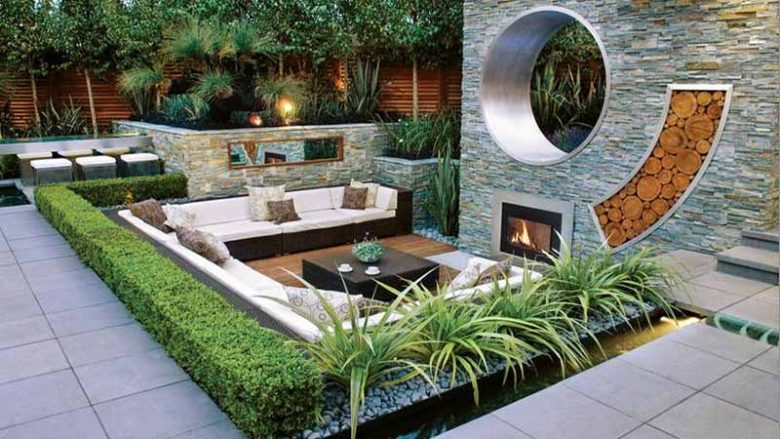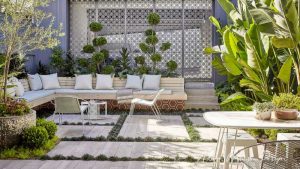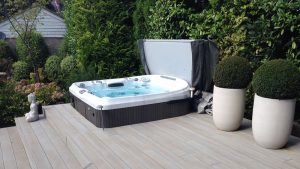According to landscape designers, back in the days, landscape design used to be done by drawing a detailed sketch indicating the specific location of each and every shrub, tree, flower bed, and what have you. Today, many would agree that there exists no such hard and fast rule with anyone buying plants to take home spontaneously doing landscape design.
However, this doesn’t mean that anything goes when it comes to landscape design. This can be borne out from negative consequences arising from the lack of coherent design and poorly placed plants, which may end up requiring frequent pruning, expensive pest control, and even expensive removals before they reach the end of their life spans.
Here are a few important tips on landscape design that can help beginners create lawns that standout while avoiding future problems.
Focal points are the best place to begin your landscape design. Focal points, that is, details or locations that stand out and make you take a look at a landscape should be determined and maintained. This touch or engages by having a distinct form, color, or texture that sets it apart from the rest of the landscape.
While standing out, the focal point can in turn must remain still somehow be related to the rest of the landscape. This can be done by repeating a particular motif, color, or shape, and clever use of scale. For example, with a large property having an ancient oak as focal point while a small garden making do with a small garden bench or statue.
Landscapes must have movements to give it life and interest. Gardens, for instance, must have ornamental grasses swaying along with the wind to make it complete. It must have the complete package from butterflies and birds and various flowers to actually attract them to your landscape.
While curves may add appeal to your landscape, this is best not overdone. Having too many curvy beds or walk paths that stray far away from your purpose are overstatements that should be kept in check. Subtle rather than obvious, and long rather than abrupt curves are highly recommended.
Consider equipment access in your landscape design. Whether this is for lawn mowers to heavy machines for some future construction or repair project, it would be best to provide space for getting these equipment through your lawn in advance. Otherwise, you might be forced to get a portion of your precious flora destroyed in the future.
Lastly, accents for your house would work best to help it blend with your landscape. Some plants and flowers, for example, could help soften the edges of your home while avoiding the other extreme of having it surrounded by too much dense shrubbery.



